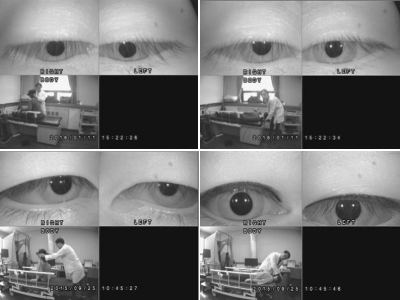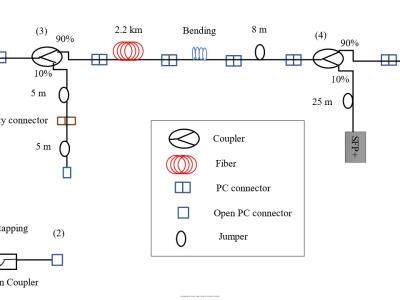
This dataset is used for sign language emotion recognition and contains five emotions from 12 participants (6 males and 6 females) with high-positive, low-positive, high-negative, low-negative, and neutral emotions. The surface electromyography (sEMG) and inertial measurement unit (IMU) sensors were used to capture 30 sign language sentence signals. Participants' emotions were activated by film clips.
- Categories:



